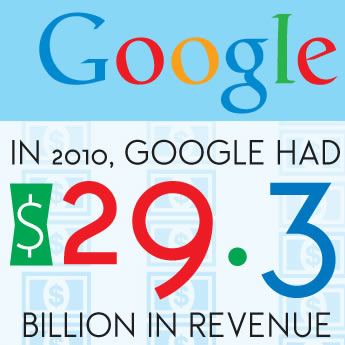 Stuck in a geeks world.. What does it mean? Actually there are “10” different characters that are not easy to seperate for the rest of the wolrd: Geeks and Nerds. But what’s the actual difference? An Infographic compiled by http://www.mastersinit.org/ is explaining how to seperate them.
Stuck in a geeks world.. What does it mean? Actually there are “10” different characters that are not easy to seperate for the rest of the wolrd: Geeks and Nerds. But what’s the actual difference? An Infographic compiled by http://www.mastersinit.org/ is explaining how to seperate them.
While Geeks are more likley to be found in positions like web developers or Entrepreneurs, Nerds are more often working as rocket scientists or reclusive professors. Both are likely to be IT professionals.
I don’t want to repeat all the figures, so just have a look to the infographic below: HostGator Promo Codes
Continue reading “[Infographic] Geeks vs. Nerds”





